Monumental Structure Dating Back to Biblical Era is Unearthed in Israel
Archaeologists working in the Middle East have discovered the remains of a monumental structure dating back thousands of years to the biblical era, which has the potential to shed light on the history of prominent figures mentioned in the Bible.
The researchers have unearthed the remains of a colossal earthen structure believed to have been referenced in the Bible. This discovery has led archaeologists to conclude that the ruins of this structure are linked to one of the oldest cities in recorded history.
The Search for History in the Middle East
For centuries, researchers and biblical historians have meticulously scoured the vast landscape of the Middle East, leaving no stone unturned in their search for various sites associated with the Bible.
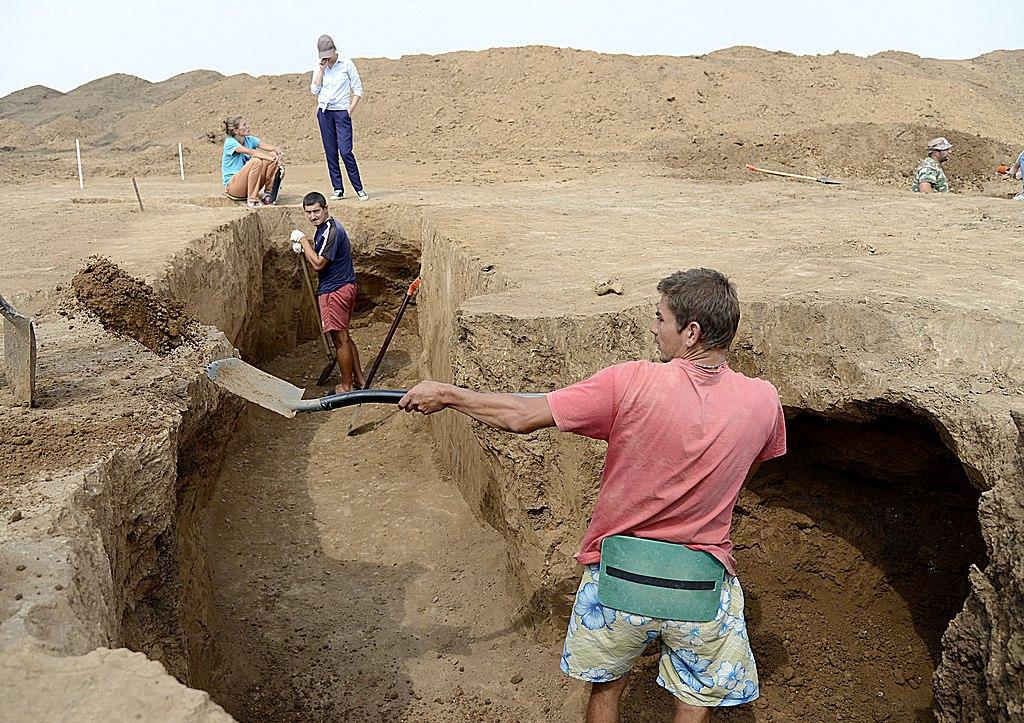
Source: Wikimedia
This process aims to produce historical sources of what could otherwise be considered mythological stories from the Bible. Unearthing sites associated with figures from the Abrahamic religions allow scholars to say with certainty that prophets and kingdoms mentioned in the holy book once existed.
Ancient Moat Unearthed in Jerusalem
Archaeologists working in Jerusalem, a region known for its great religious significance, stumbled upon the remains of a “monumental” structure during recent excavations in the ancient city.
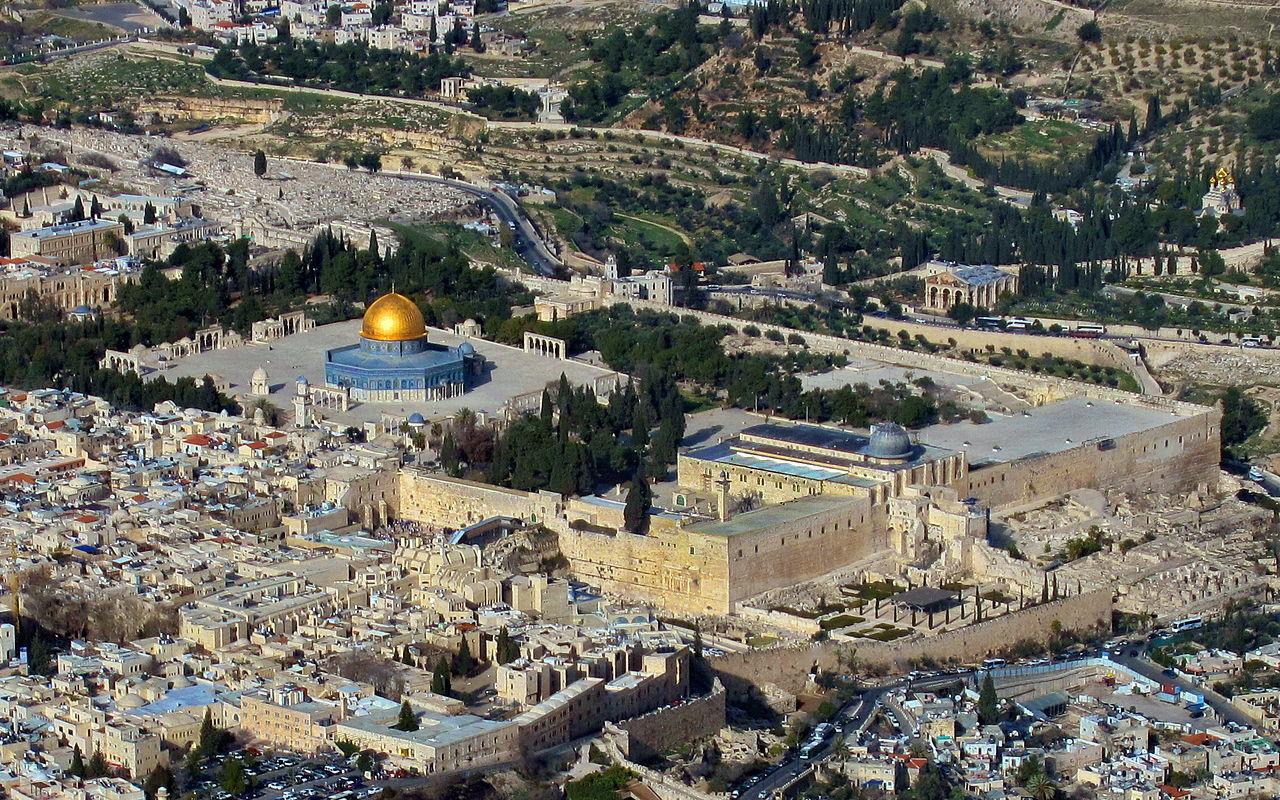
Source: Wikimedia
They uncovered what appeared to be the remains of an enormous moat that could be over 3,000 years old, per The Daily Mail.
The City of David
While the monument’s discovery is impressive, its location caught the attention of researchers, as it was discovered in the City of David, once known as Bethlehem.

Source: Wikimedia
The discovery may allow researchers to prove a long-standing theory that suggests the holy city was once split in two, an aspect mentioned in at least two books in the Bible.
Impenetrable Moat in the Center of a Biblical City
According to the researchers, the moat is thought to have separated the upper city in the northern region from a residential area in the southern half.
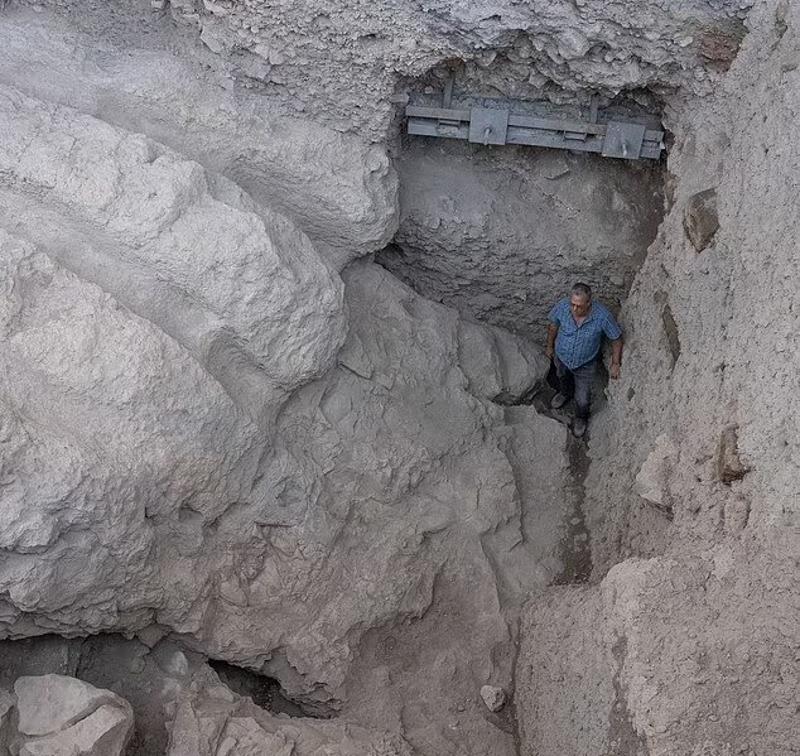
Source: Eliyahu Yanai, Eric Marmur, and Meir Ganon/Facebook
Based on their measurements, the moat was around 30 feet deep at its greatest extent and almost 100 feet wide, accompanied by perpendicular cliffs, which made it almost impossible to pass.
The City of David Split Into Ophel and Millo
After further examination of the structure, the team of researchers concluded the moat was likely built during the Iron Age.

Source: Eliyahu Yanai, Eric Marmur, and Meir Ganon/Facebook
This is the same period mentioned in the Book of Kings and Samuel, which details the City of David being split into regions known as Ophel and Millo.
King Solomon Orders the Construction of the Moat
One reference to the division of the City of David can be found in the Book of Kings 11:27, which describes King Solomon building a structure named the “Millo.”

Source: Freepik
It reads: “Solomon built up the ‘Millo’ and closed up the breach in the wall of the City of David, his father.”
Excavation Director Confirms the Dating of the Moat in the City of David
Dr. Yiftah Shalev, the excavation director, shared his thoughts on the discovery during a press release.
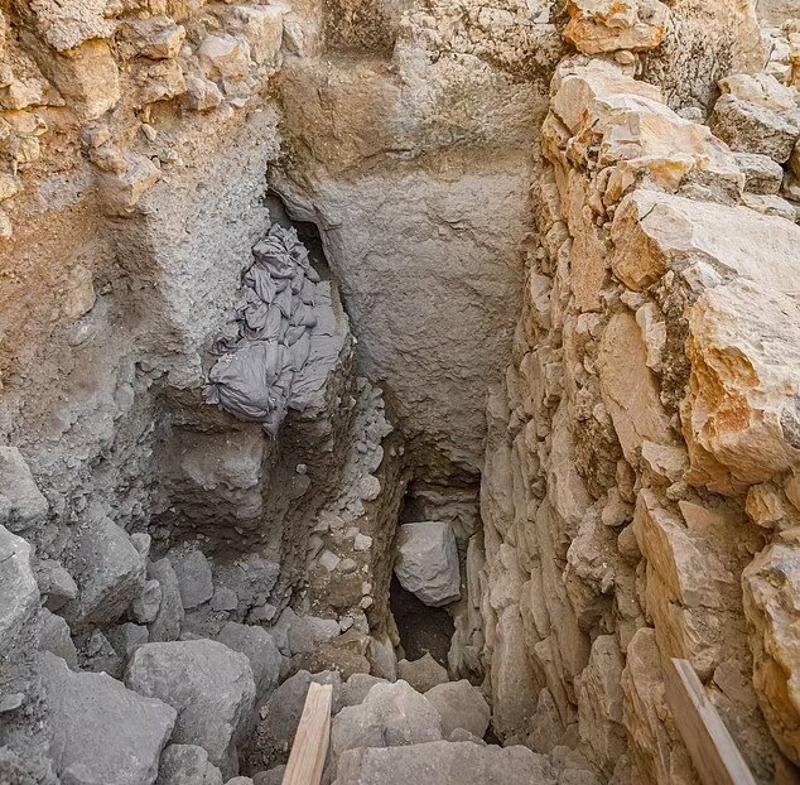
Source: Eliyahu Yanai, Eric Marmur, and Meir Ganon/Facebook
“It is not known when the moat was originally cut, but evidence suggests it was used during the centuries when Jerusalem was the capital of the Kingdom of Judah, almost 3,000 years ago, beginning with King Josiah,” he wrote.
The Division of the City of David
Dr. Shalev detailed the significance of the moat, explaining it was constructed as a physical barrier that divided the City of David into two main parts.
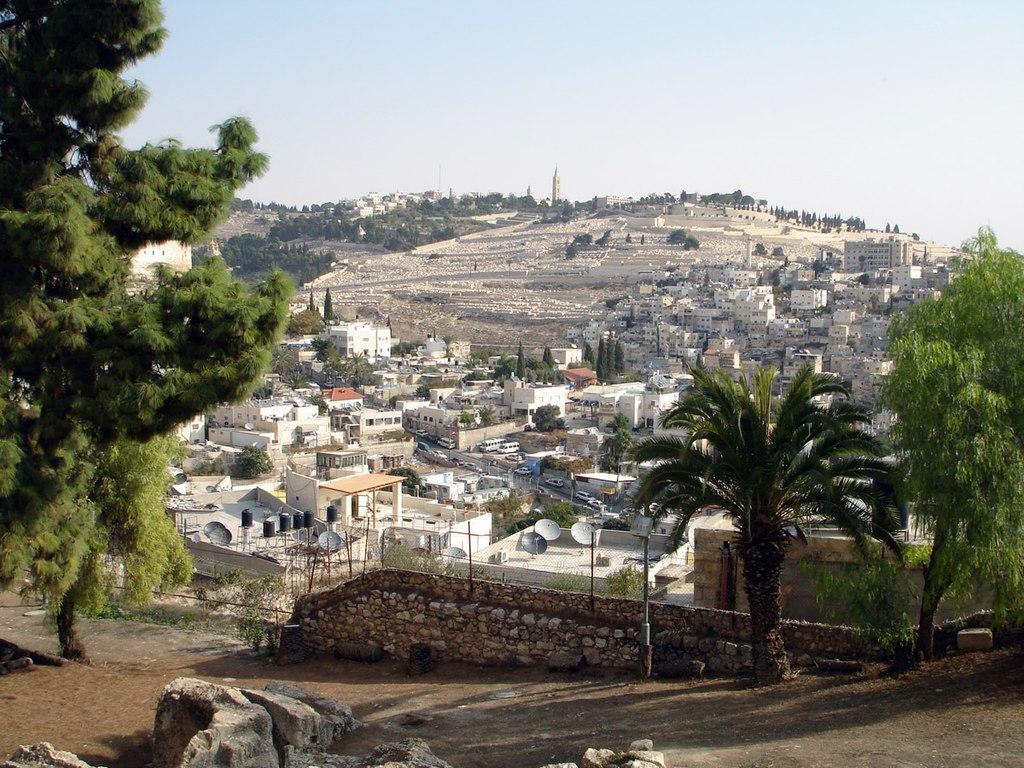
Source: Wikimedia
“During those years, the moat separated the southern residential part of the city from the ruling Acropolis in the north, the upper city where the palace and the temple were located,” he said.
The Dating of the Site
The Israeli Archaeological Association (IAA) later suggested the dating of the site could be pushed back to the Middle Bronze Age, around 3,8000 years ago.

Source: Freepik
“We are confident that [the moat] was used at the time of the First Temple and the Kingdom of Judah [in the ninth century BC], so it created a clear buffer between the residential city in the south and the upper city in the north,” Dr. Shalev said.
Why Was the Moat Constructed?
According to the archaeologists, the moat was created to implement several changes to the City of David’s topography. It allowed its rulers to emphasize their power over those entering through the city’s gates while protecting the region from potential invasions.

Source: Wikimedia
The first signs of the moat were discovered back in the 1960s by the British archaeologist Kathleen Kenyon.
The Significance of the Moat
Speaking on the significance of the most recent excavation, Eli Escusido, director of the IAA, said, “Once again, discoveries are being revealed that shed new and vivid light on the biblical literature.”

Source: Wikimedia
“When you stand at the bottom of this giant excavation, surrounded by enormous hewn walls, it is impossible not to be filled with wonder and appreciation for those ancient people who, about 3,800 years ago, literally moved mountains and hills,” he said.
